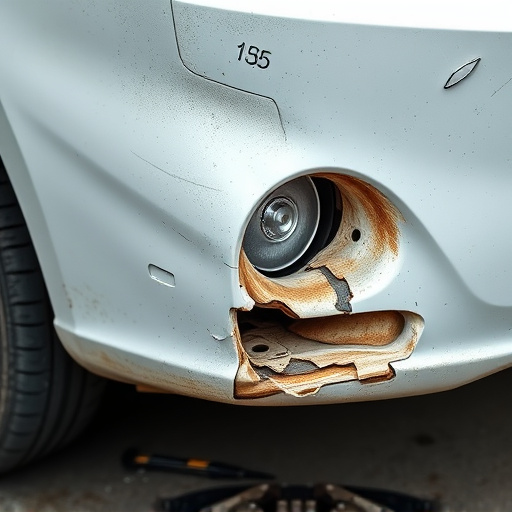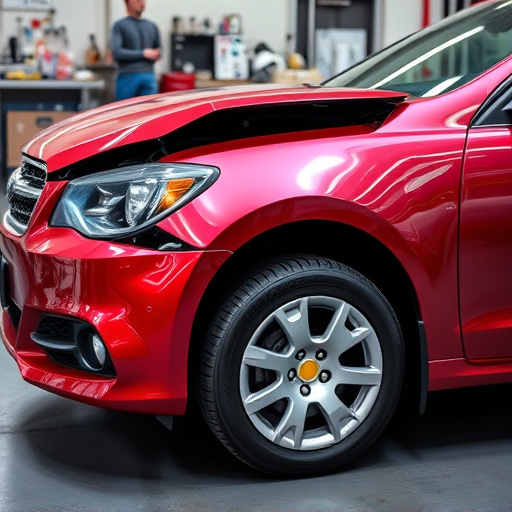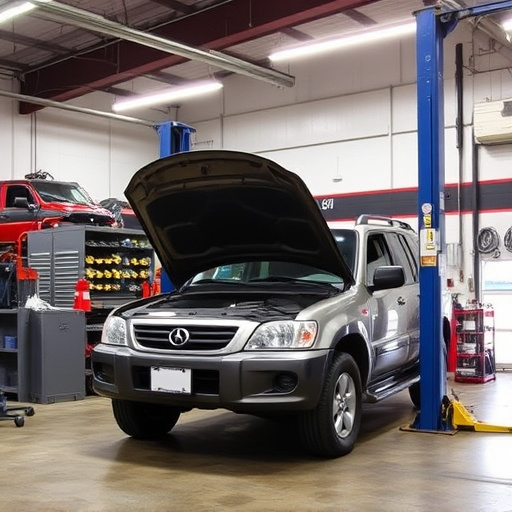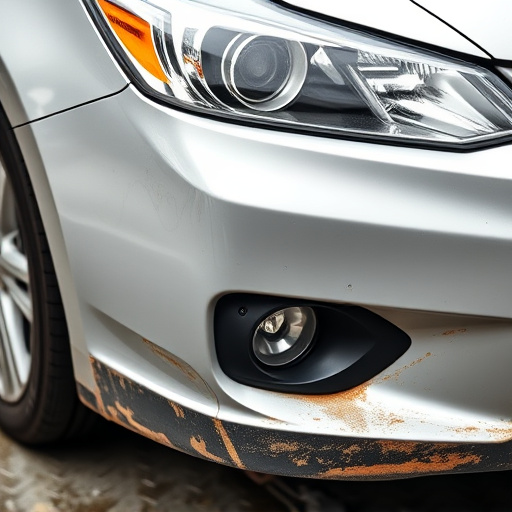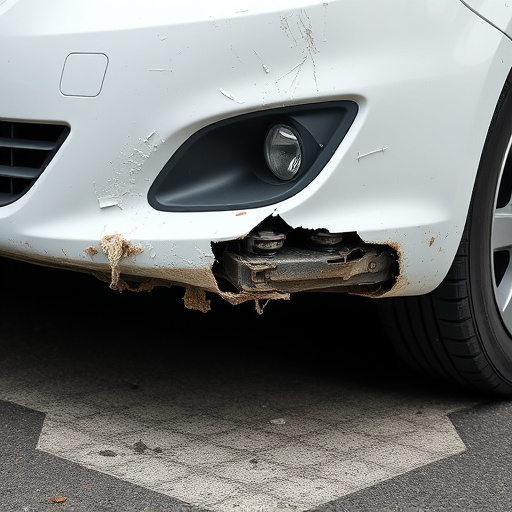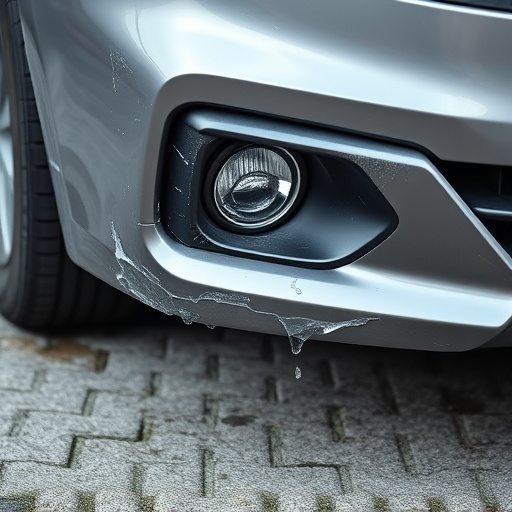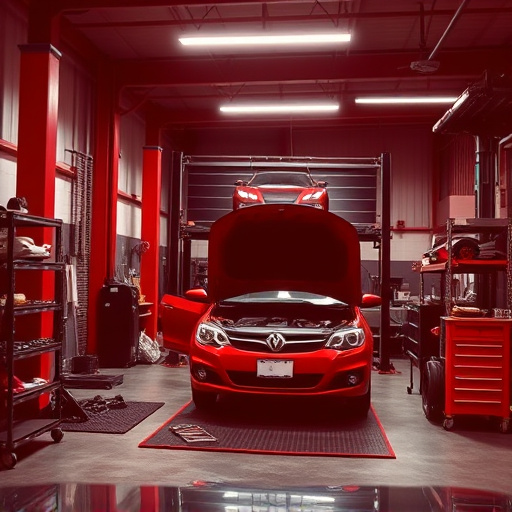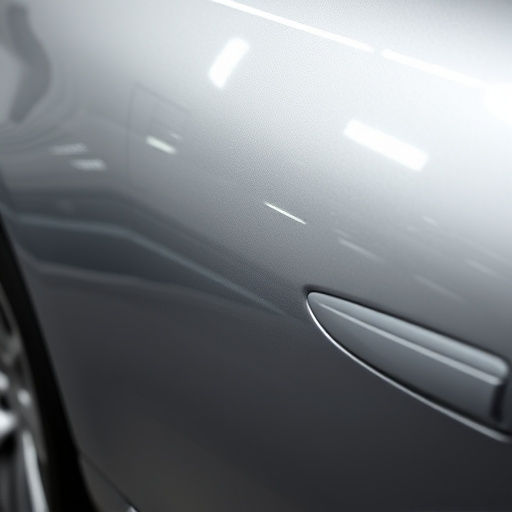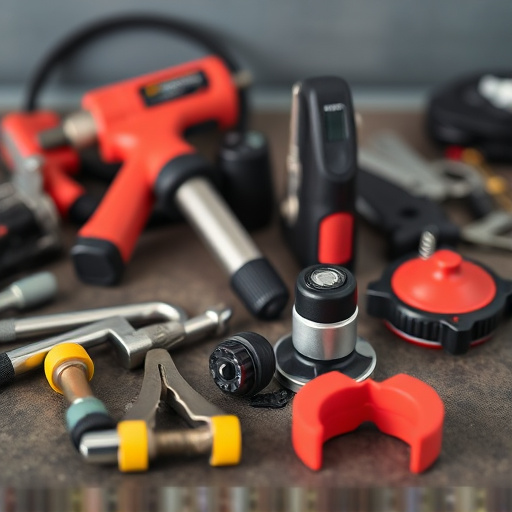Before full panel replacement, assess roof condition, prepare tools and materials, consider weather, accurately measure and purchase panels, secure vehicle with jacks and stands, remove old panels carefully, align new panels precisely, fasten according to guidelines for structural integrity and aesthetic appeal.
Considering a full panel replacement for your roof? This comprehensive guide breaks down the process step-by-step. From assessing your roof’s condition and preparing for the project, to measuring, purchasing new panels, and finally removing old ones to install replacements—we’ve got you covered. Discover expert tips and best practices for a successful full panel roof replacement that will protect and enhance your home.
- Assess Your Roof's Condition and Prepare
- Measure and Purchase Replacement Panels
- Remove Old Panels and Install New Ones
Assess Your Roof's Condition and Prepare
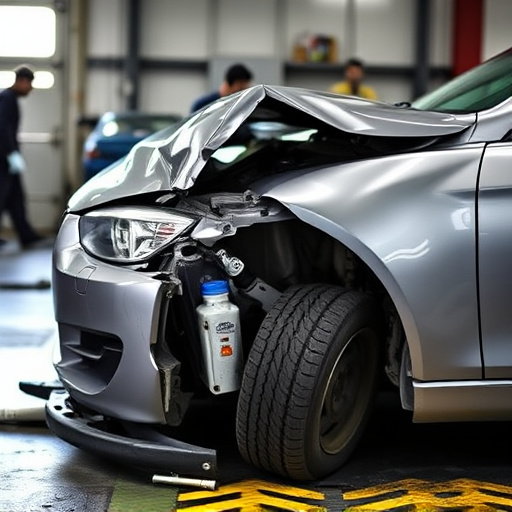
Before diving into the full panel replacement process, it’s crucial to assess your roof’s condition and prepare accordingly. Start by inspecting your roof for any signs of damage—from missing shingles to cracks in the membranes. This step is vital as it determines the extent of the work required and ensures a safe and effective repair or replacement. If your roof has suffered collision damage repair or auto body repairs, pay special attention to these areas, as they might need more meticulous handling during the replacement process.
Preparing for the full panel replacement involves gathering the necessary tools and materials, clearing the work area of obstructions, and ensuring proper ventilation. It’s also essential to double-check that your home’s support structures are sound, as this will impact the overall stability and safety of the new panels. Additionally, consider the weather conditions; ideal conditions for full panel replacement include fair weather and minimal wind to avoid delays and ensure top-quality auto glass repair if needed.
Measure and Purchase Replacement Panels
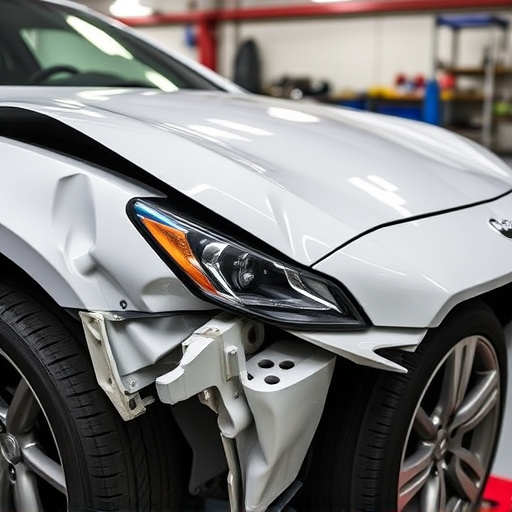
Before diving into the full panel replacement process, it’s crucial to ensure you have the right materials—starting with accurately measuring and purchasing replacement panels. Begin by thoroughly inspecting your vehicle to identify which panels need replacing. Take precise measurements of each panel using a tape measure, noting down both the length and width. This step is vital for ensuring perfect fitment during the repair process, whether it’s part of automotive body work or a more extensive car restoration.
Once you have your measurements, visit a trusted supplier to purchase new panels. When dealing with vehicle body repair, selecting high-quality panels from reputable manufacturers is essential. Compare different brands and models to find ones that closely match your original equipment in terms of both aesthetics and structural integrity. Keep in mind that the right replacement panels are a key component in achieving a seamless finish during what could be complex automotive body work or car restoration projects.
Remove Old Panels and Install New Ones
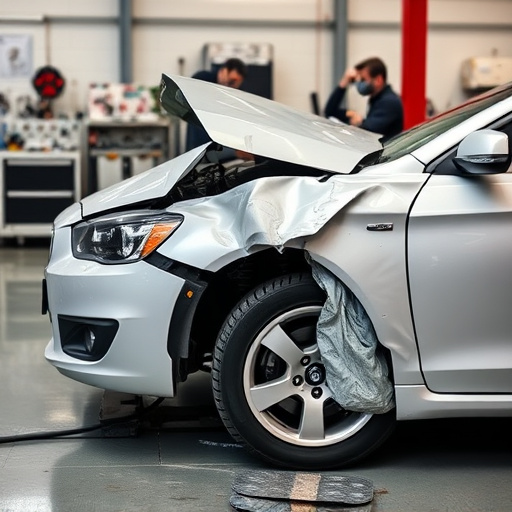
The full panel replacement process begins with removing the old panels. This step requires careful consideration and precision to ensure a successful upgrade. Start by securing the vehicle on a reliable jack and stand, ensuring it’s stable for work. Next, locate the damaged or old panels and mark their positions as reference points. Using specialized tools, carefully remove the existing panels, taking note of any specific techniques required for different car models. This might involve detaching hinges, seals, and other components to facilitate the extraction process.
Once the old panels are removed, it’s time to install new ones. Ensure that the new panels are the correct size and fit for your vehicle. Align them carefully with the marked reference points from earlier. Secure the new panels using appropriate hardware, making sure all components are tightly fastened according to manufacturer guidelines. This step demands attention to detail to maintain the vehicle’s structural integrity and aesthetic appeal. Remember, proper alignment and secure fastening are crucial aspects of successful full panel replacement, ensuring your car returns to its optimal condition after any previous vehicle collision repair or auto body services.
Replacing a roof’s full panel is a significant undertaking, but with careful preparation and these structured steps, you can ensure a smooth and effective process. From assessing your roof’s condition to installing new panels, each stage requires attention to detail and the right tools. Remember, a well-planned full panel replacement not only enhances your home’s curb appeal but also provides long-lasting protection against the elements.
